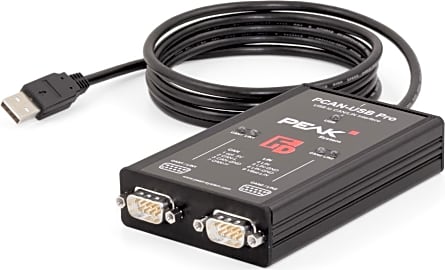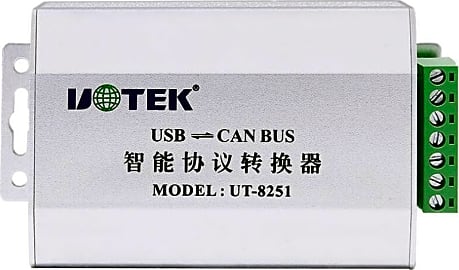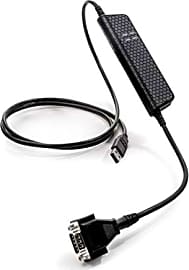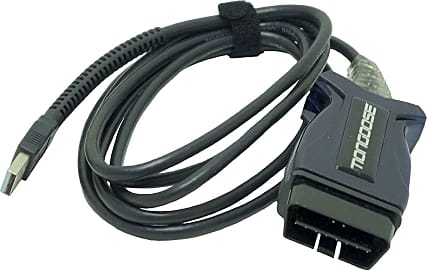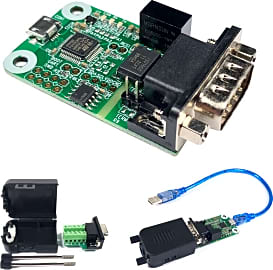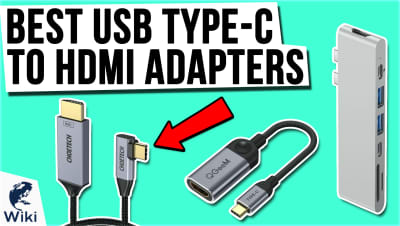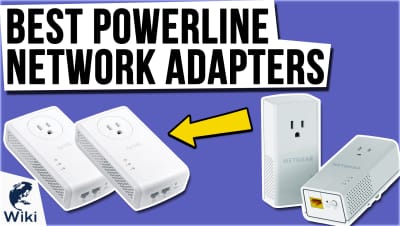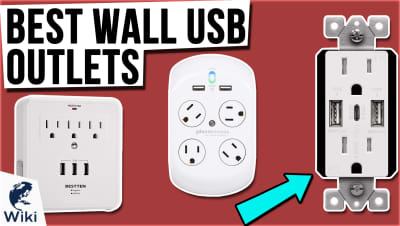The 8 Best USB To CAN Adapters

This wiki has been updated 24 times since it was first published in January of 2019. A USB to CAN adapter is a tool belt essential for any technician who works with elevators, industrial equipment or vehicles. It allows your computer to communicate with automotive and industrial systems built on the CAN data bus, so that you can monitor, diagnose and configure them. The interfaces we've assessed are priced at different levels and offer a variety of applications and features. When users buy our independently chosen editorial picks, we may earn commissions to help fund the Wiki.
Editor's Notes
February 23, 2021:
To reiterate the previous editor’s note, these devices are used in a fairly specialized context, and there aren’t a whole lot of manufacturers on the market, so, by extension, there is a limited number of decent models. With that being said, I’ve left all of the models in from the previous update, as they’re all still decent, and I could find few others without issues that made me even want to consider including them on our list. I have however added the Grid Connect Pro FD, which supports the CAN FD or (CAN Flexible Data-Rate) protocol that builds on classical CAN. Although Grid Connect does have its own models, I do believe that they’re also a distributor or reseller of many of the adapters and other hardware components from Peak View, which is not necessarily a bad thing, because Peak View makes some of the best adapters and hardware interfaces for CAN.
Since CAN is a data bus, like USB, and not an actual hardware interface, it can use a variety of different connector types, which is why we’ve included options like the Drew Tech Mongoose Pro for OBD-2 ports, as well as the Utek UT-8251 ; many systems, however, will employ a 9-pin, d-subminiature connector, or a DE-9. Likewise, not all DE-9-to-USB adapters won’t meet the requirements needed to support or facilitate high-speed CAN connections. Quickly on the note of connectors, the DE-9 connector is often mislabeled and sold as a DB-9 connector, which is a mistake that stems from the fact that DB-25 connectors were replaced with DE-9 connectors on laptops, and most sellers simply carried the ‘B’ over without thinking twice about what it represented – which is the shell size, and should be represented with an ‘E’ in the case of the 9-pin d-sub. Unfortunately, the ‘B’ is still used, so don’t be confused.
June 07, 2019:
These devices are often used in a very specialized context and their descriptions involve a lot of jargon, so let's break down some of the main features so you can better understand which interface is best suited for you.
First let's talk data throughput speed. Data travels across CAN networks in packages called messages, of which frames are the most common. Some manufacturers use frames to measure the speed of their interfaces, such as the ViewTool VTG203B, which moves data at 8,000 frames per second. Others are measured using bits, like the Grid Connect GC-CAN-USB-ISO, rated at 1 megabit per second. A more technical term for this is the baud rate.
Messages can be different data sizes, depending on the CAN protocol. CAN2.0A and CAN2.0B are the most common, with 11-bit and 29-bit messages, respectively. Models like the Utek UT-8251 work with both, and this something that should be taken into careful consideration before making a purchase.
Special Honors
Lillie Systems U2C This USB to CAN adapter has a programmer for equipment that has AC2 sensors and uses an open source driver. Its hardy aluminum housing makes it perfect for industrial work sites. lilliesystems.com
PEAK System One of the few companies out there specializing in CAN and LIN buses, PEAK System contains a comprehensive selection of hardware, including I/O modules and PC interfaces. It also has a range of software programs from PCAN-View and PCAN-Basic, to more application-specific solutions, including a version of the program for Linux systems, and PCAN-Fleet Management System Simulator 2, which is designed for reading vehicle-specific data on heavier commercial vehicles. peak-system.com
Kvaser As suppliers of advanced CAN solutions to engineers designing and deploying systems in areas from textiles to trucks, and everything in between, Kvaser has a fairly impressive product range, which includes both hardware and software. They also provide training material. kvaser.com


